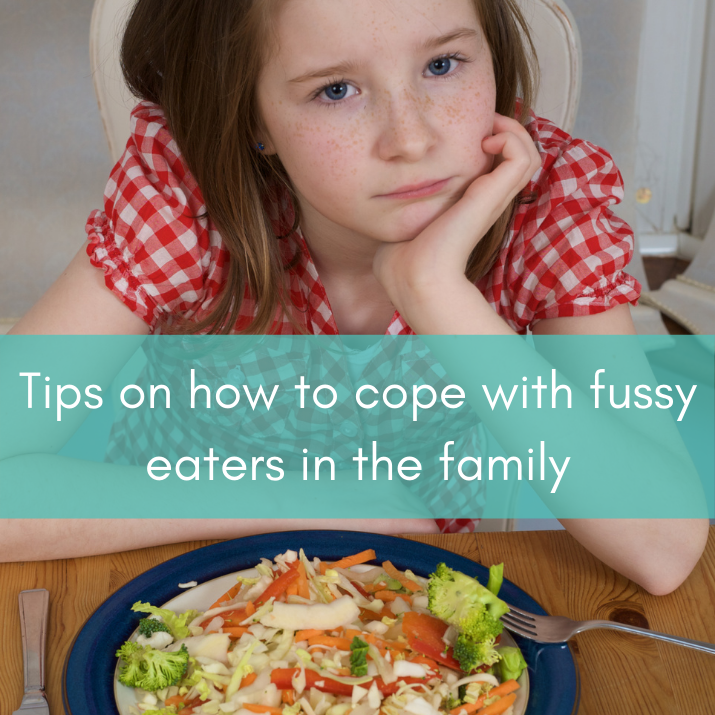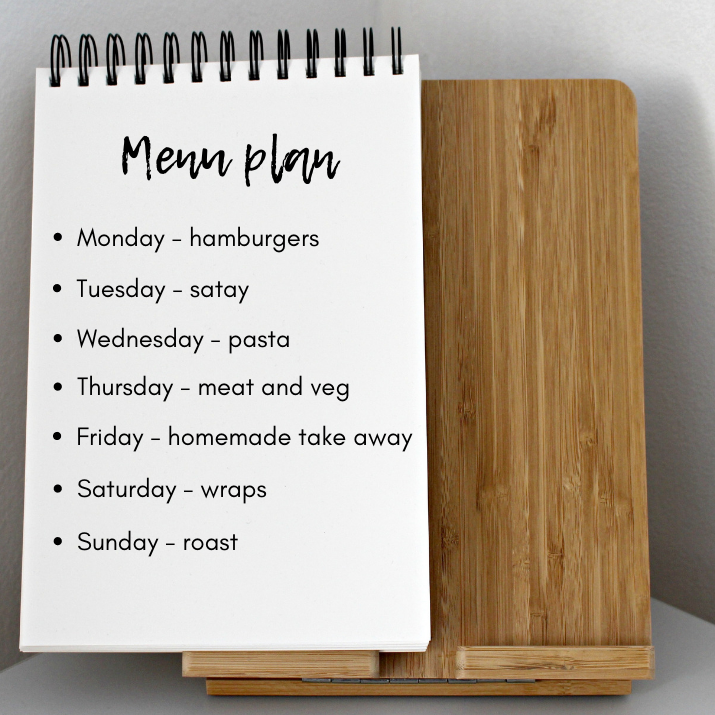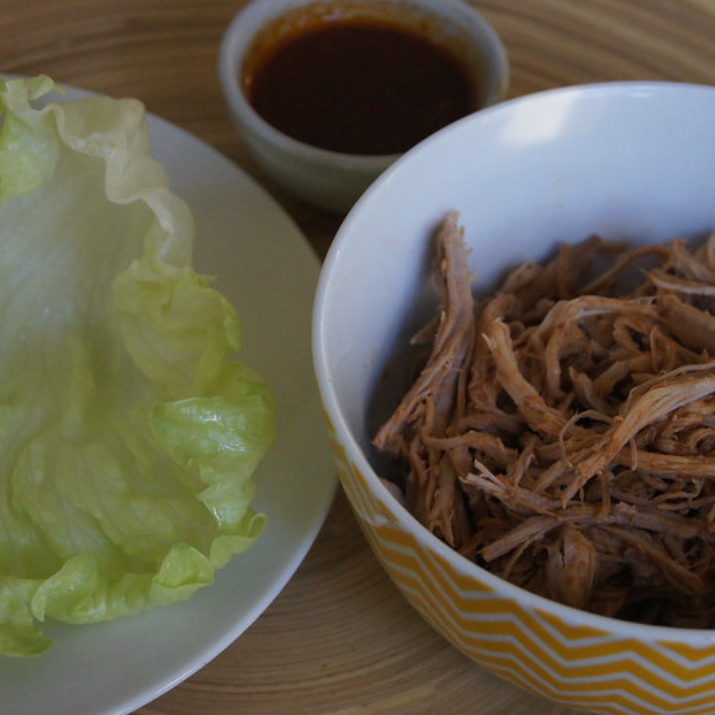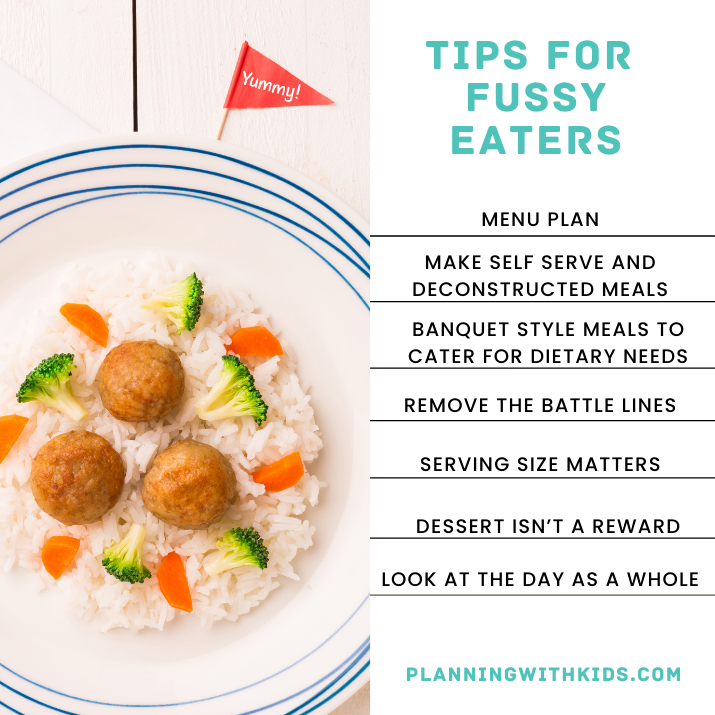
Before I share the tips that have worked with our family for fussy eaters or kids who are just going through a stage of fussy eating, I need to note that I am not a medical practitioner, nutritionist, child psychologist or any other type of health professional. This post is not to be considered to be professional advice in any way.
Now that is over with, on to the post! In the 2020 reader survey when I asked readers for suggestions of topics to write about here is a selection of suggestions from readers that were around the subject of fussy eaters:
- Kids who won’t eat vegetables
- I love your meal planning but can’t seem to make it work with fussy eaters
- Meal planning that little kids will eat that are easy
- Fussy eaters
- How to incorporate healthy meals when everyone in the family has different likes, dislikes and ways of eating! I am vegan, my daughter vegetarian (and quite fussy) and my husband a meat eater
With our five kids none have been super fussy eaters for long periods of time, but they definitely went through periods of fussy eating and we do have one who is a little fussy. However as a result of having five kids who all have different preferences, finding a meal that everyone loves can be challenging at times, so I can relate to all of the statements above! Below are some strategies I have used to ensure everyone eats well and I don’t go crazy in the process.
Menu planning

You can see my menu planning process in this post – The Planning With Kids Menu Planning Process but the key to effective menu planning with fussy eaters is to:
- Involve the kids with the menu planning process
- Keep it super simple
- Be okay with similar meals each week
As parents we can often expect a bit too much from menu planning. When you are planning out meals in advance it can be easy to choose more complicated meals, more fancier meals or meals that you like best rather that what will work best for the family.
My experience with little kids and kids going through fussy eating stages is to keep food as simple as possible, serve healthy meals that they like on a weekly basis and let them have a say in what is cooked across the week. There were months on end when we had Taco Tuesdays (including lots of fresh raw veggies). I did get a bit sick of it and one of the older boys also got a bit sick of it, but overall family meal times were easier and the fussy eater ate well, so it was worth it.
Menu planning also works because you can put it on the fridge and while they may not love the meal they are having for dinner that night, they can see a meal they like is on the plan for later in the week.
Make self serve and deconstructed meals

When you are trying to cater for the varying fussiness or preferences of multiple children, finding meals that everyone eat can be almost impossible. I have found great success with fussy eaters when they have greater control over what they eat. Making self serve meals where fussy eater kids can choose what goes on their plate is a great way to remove the battle lines at dinner time. I would aim to have a range of colourful veggies on the table and the kids could choose what they would put on their plate, with the proviso that there was something green on there! You can find a list of my popular self serve meals that kids love here.
Deconstructed meals are a more recent creation, but they can also achieve the same goal as self serve meals. You might find for example that most of the family are happy to eat tuna sushi, but the fussy eater may baulk at that. If you create the meal in a deconstructed way, then those who love the whole thing (mainly the adults!) can have a meal they love and the fussier ones can still have plenty of good food to eat. Here are a few example of recipes that would work:
- Deconstructed Sushi Bowl with Sweet Sesame Dressing
- Deconstructed Greek salad with salmon
- Deconstructed Ramen
- Deconstructed Chicken Caesar Salad
- Deconstructed Quesadillas
Deconstructed meals also work really well when you have to cater for differing eating preferences with adults and older kids too. If you have vegans to cater for you can have tempeh as an option, for vegetarians you might have some fried haloumi, for those with nut allergies nuts are kept separately likewise items containing gluten for those who don’t want to eat gluten.
Both self serve meals and deconstructed meals allow you to share a meal together as family but cater for the needs of all.
Banquet style meals to cater for dietary preferences / needs

This type of meal does require more up front work from parents but it will make food for at least a couple of meals and it is one of the best ways I have found to cater for people’s protein preferences. In our house a couple of the kids really prefer chicken (won’t eat lamb) and another couple much prefer red meat and I prefer no meat.
To work around these preferences or fussiness, most often when I do a curry for the evening meal I will have three curries to choose from:
- Veggie curry
- Butter chicken
- Beef or lamb Massaman
Then I will do rice, a side of green veggies and papadums. I have all the food out on the table and everyone serves themselves. This does increase my cooking time, but not excessively as I can just cut up bulk veggies and use them in the different curries. We can then have the left over meals for lunches and dinners.
As I often cook a large veggie curry in my weekend food prep sessions, I will eat that which means I only have to cook two curries.
Removing the battle lines

We have always tried to make dinner time an enjoyable time but if parents become obsessed with kids eating everything on their plate, it soon turns pretty unenjoyable. We explained to the kids that as a parent our role was to serve up a nutritious meal for them to eat each night. They can choose to eat it or not, that is up to them, but what was on the table was dinner and there was nothing else. I found that the more we pushed, the more the fussy eater would push back.
If they just moved their food around their plate, complained or whined about it, we ignored it as best we could. They were never made to finish what was on their plate. Once those who were eating had finished, that would be the end of dinner time and they would need to take their plate into the kitchen.
There would have been plenty of nights where the kids went to bed feeling hungry, but they would eat a good breakfast the next day and we never made a big deal of it. It they complained about being hungry before going to bed, we would explain there was no more food until breakfast and leave it at that.
I will also make reasonable concessions to remove battles and increase what the kids eat where I can. For example, one of the kids will happily eat a mound of frozen peas on his plate, but won’t touch them once they have been steamed. I simply add a pile of frozen peas to his plate before serving which he will eat without complaint. I know a lot of kids who happily eat frozen or raw veggies but won’t touch them when they are cooked.
Serving size matters

For meals where I was serving up on plate or in a bowl to the younger kids, I was always mindful to make the serving size appropriate. Very early on in my parenting I attended a parenting session on feeding kids and they said once you had served the meal for your child, halve the size of it and halve it again before giving it to them. We have grown used to super sized meals, so can often overwhelm kids by putting too much food on their plate.
It is a much better scenario for a child to finish what is on their plate and have a second helping, than to look at the food on their plate and baulk because they don’t want to eat it all.
If you are unsure about what an appropriate serving size is for your child, you can have a look at Eat For Health Government website. They have a Healthy Eating For Children PDF you can download and it has an infographic about what standard serves look like.
Eat with the kids

I know many families who will do an earlier dinner for kids and then the parents will eat later, but I found I had much better success at getting the kids to eat a meal when at least one parent was sitting down and eating with them. For years I ate my dinner between 5.30pm – 6.00pm with the kids and my husband would eat his dinner later on weekdays. It wasn’t perfect, but it did mean the kids at better and meal time was less stressful.
Dessert isn’t a reward

We never used dessert as a reward or as an incentive to get a fussy eater or any of the other kids to eat their dinner. There is so much information out there as to why this is not a great idea, like this article from The Conversation. They ask five experts from various fields if you should use food to reward kids and all of them said no.
Our kids have had dessert twice a week. They get it whether they eat their dinner or not – they are not connected, this is simply part of our weekly routine and we have found this to work for us and is has helped prevent putting a big emphasis on desserts and defusing battles.
Look at the day as a whole
As parents we can look at what the kids ate at dinner time and think there wasn’t much nutrition in there. When the kids were younger and going through a fussy eater stage, I liked to look at the whole day. Did they have a solid breakfast? What veggies and fruits did they have throughout the day for lunch and snacks? There would often be plenty of good stuff they had eaten throughout the day, so if they only ate a small amount at dinner I knew not to worry about it.
Fussy eaters can cause parents stress and it can be challenging. As I noted above we have been lucky not to have any child who was extremely fussy, but I do think that taking some of the above approaches when the kids were little has really helped with this.
There are still many days when I serve up dinner and I see a teenager roll their eyes or sigh dramatically about what they have to eat for dinner! I try not to take this personally, ignore it and focus on enjoying dinner together 🙂 .
What are your tips for coping with a fussy eater?

You can find more of my answers to reader questions here.
